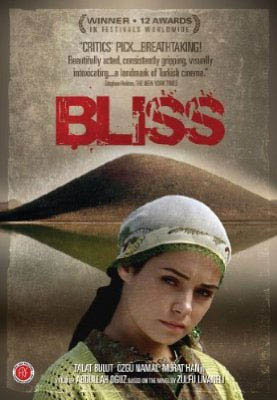Here is one of the challenges for civilized humankind: to
learn (again!) from the animals and the plants, rather than use them like dead
matter or animate machines for our needs and ends. They can be sources of inspiration for adaptive
techniques and technologies; they are keepers of a kind of quiet wisdom we are
only beginning to appreciate.
The cow knows how to live on cellulose, the deer and the
horse, too. They know how to live outside,
in all weathers, needing only the barest essentials. They will still be here long after our
fossil-fuel-driven civilization grinds slowly to a halt.
This is not to say that we need to “live like animals.” This is not to say that we must forswear
civilization. It is simply to say that
we could learn a great deal if we had a little humility; if we could allow
ourselves to learn something from their radical simplicity. (Which is not so
very simple, as animals are just as much the fine-honed products of evolution
as we are.)
This runs counter to everything we in the modern West are
taught about what it means to be human; it runs counter to the tradition of
humanism and an idea of science in which humans are the only subjects; it runs
counter to the great project of industrialism, in which everything non-human is
raw material for processing.
But more and more of us are questioning the great project of
industrialism – the efficient exploitation of natural resources for human
prosperity, and asking if our present trajectory is truly one that leads to
human happiness or health.
The next great project – which countless non-profits, young
people, homesteaders, artists, cooperatives, farmers, legislators,
businesspeople, musicians, local food
enthusiasts and critics of modernity are already pointing towards and working
to construct - is underway. It is the object of much inchoate yearning
and determined dreaming. Although there
is a timidity and confusion in the face of the great machines we have
constructed and which now run on their own momentum; in the face of the ancient
hatreds and the new addictions; and not least in the withering scorn of those
who have no hope anymore, still the current trajectory is clearly untenable. This is not about utopia, or world peace, or
end times. There is no grand plan – just
us, all of us, here, now, making choices, asking ourselves: what is it that we
really want?
Do we still have to defend ourselves from each other, physically
and economically? Will we still have an expensive military and health-care technology
to maintain, power differentials and economic disparities to contend with? Will the destruction of the forests and
fisheries of the world continue? Will I wake up tomorrow and get into a SUV? Yes, definitely. The
trajectory that we are on was not developed in a year or a hundred years or a
thousand years. It is project of long
millennia of choices and intentions. It
is old, it is ingrained in our human support systems: our agriculture, our architecture, our technology, our cultures and social systems, our sense of who we are as a species, our very
cells, it sometimes seems. To unwind the
belief systems in which we have wrapped ourselves, in which we have inculcated
loyalty to the trajectory, can be psychically dangerous. We must proceed slowly, gently, with
ourselves and with others. To get onto a
new trajectory is a dangerous transition; it will not be a bad thing if it is
so gradual that we barely realize it ourselves.
No great revolutions, no us vs. them, just the slow turning of the tide.
To allow ourselves to recognize what animals and plants can
say to us is one way to loosen the hold of the belief system that ties us to the
industrial way of life, one way to open ourselves to other possibilities.
